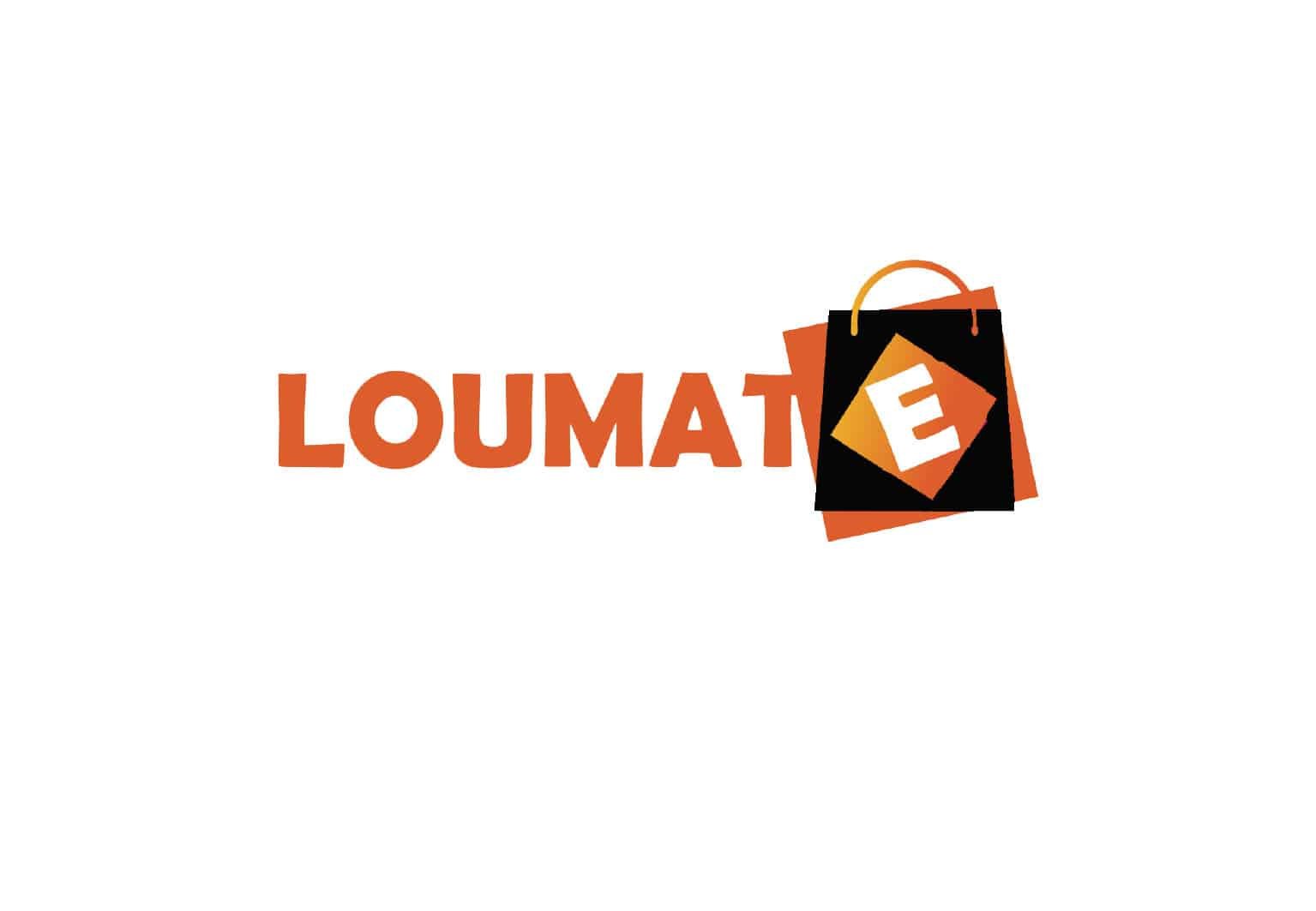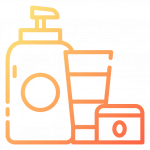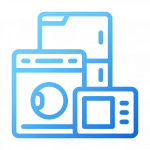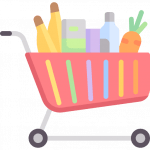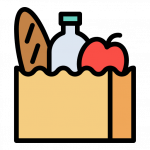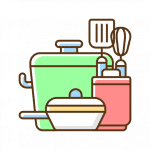Actualités
Treatment and Recovery National Institute on Drug Abuse NIDA
But it seems likely that these referrals are mostly drinking/driving rather than drug cases (the published statistics on private programs are dominated by alcohol admissions and do not differentiate motivations by primary substance problem). Threats from employers or family members as well as psychological anguish and personal health problems are prominent motivators in private-tier programs. A comprehensive assessment evaluates the patient’s history, mental health conditions, and substance use patterns. This process helps the treatment team develop a personalized treatment plan, ensuring all treatment components align with the patient’s goals and support their journey toward recovery. A comprehensively formatted treatment plan makes it easier for family members and care team members to read and understand the details. Our substance abuse treatment plan template comes pre-formatted, allowing you to simply fill in the blanks, enhancing readability and ensuring that everyone involved can stay updated on the patient’s progress.
The bottom line is that about 0.5 percent of employees in an average EAP firm can be expected to consult the EAP (usually on a self-referred basis) for serious drug problems in a 12-month period. Applied to a work force of about 36 million individuals with access to an EAP, this suggests that about 180,000 candidates for referral to drug treatment may currently be seen by EAP counselors. Pressure from the criminal justice system is the strongest motivation reported for seeking public treatment.
The spectrum of substance abuse is altogether life-altering and can impact your mental, physical, and spiritual wellness. Each guest of Seaglass Recovery is unique, with their own backstory, needs, and goals. Yet, regardless of your situation, we can help you in our addiction treatment program. We help women facing alcohol addiction, drug addiction, and dual diagnoses.
Smart Goals for Substance Abuse: Examples for Addiction Recovery and Setting Realistic Objectives
Procrastination and addiction go hand in hand, so it’s best not to allow yourself room to put off important progress. Target times for completion of goals also gives you a structure and pace for achievement, so you’re not doing no recovery work one day and overexerting yourself the next. People have probably been telling you to set goals and stick to them your whole life. From teachers who insist https://yourhealthmagazine.net/article/addiction/sober-houses-rules-that-you-should-follow/ on completing higher education as a goal to coaches who encourage you to up your scoring percentage, you’ve probably had your fair share of goals thrust upon you — and you’ve likely even achieved some of them. However, these types of goals involve pretty clear pathways to a quantifiable finish line, and that’s not quite what recovery goals are about.
The prevalence of repeat admissions is generally highest in methadone programs, which require documentation of previous relapses and have the oldest clientele. In a typical long-standing methadone program, two-thirds of the clients are second or later admissions (Allison et al., 1985; Hubbard et al., 1989). The goals of clients, clinicians, program managers, payers, regulators, politicians, and other interested parties are often imperfectly matched. Conflicts and competition for control of clinical decision making are common. This pattern is visible not only in particular cases but also more broadly, as drug treatment policies, practices, and capabilities evolve with accumulating experience and vary with the changing balances between governing ideas.
When writing the treatment plan, explain how these interventions will be applied to meet specific objectives. For instance, if the client struggles with cravings, CBT techniques can help them identify and modify thought patterns that contribute to cravings. Evidence-based interventions provide a structured foundation, reinforcing the effectiveness of the treatment plan. Creating an effective substance abuse treatment plan requires careful consideration of each client’s unique needs, challenges, and strengths.
The desire for lifelong abstinence is straightforward and easy to understand, but it is far from universal among clients in treatment. It is most likely to be found among those for whom the retention of valuable personal assets hinges on abstinence, forming a powerful counterweight to the attractions of drugs. More affluent and socially conventional clients often have a comfortable home, a good job, respectability, and an intact non-drug-using family at the time of admission, and these assets serve as incentives that support abstinent motivation.
Behavioral Therapies
So simple starting goals can be as easy as brightening up and personalizing your space, or making exact quotas and schedules for your workflow. Life can be frustrating, and obstacles can appear when you least expect them. You may find yourself needing to adjust certain timelines for goal completion or even scratching some goals altogether, depending on the circumstance. In the case of drug or alcohol use, the amount of dopamine released is astronomically high compared to normal stimuli. Because of this overload, continued drug and alcohol abuse burns out the reward pathway, leaving your brain stuck in a reward/reinforcement pattern that convinces you getting drunk or high is the most important thing at any given moment. When someone first uses an addictive substance, a chain of reactions is set off within the brain, all tied to what we call the “reward pathway.” When functioning normally, our reward pathways are activated when we engage in activities necessary to survive, such as eating, drinking, sleeping and socializing.
Our treatment programs
Some join peer support groups, like AA or NA, that are areligious and facilitated by other people in recovery. After speaking to a specialist, you might decide to enroll in an inpatient or outpatient rehab program. You may work with a therapist or a counselor at an outpatient clinic.1,11 Some clinicians offer therapeutic modalities like motivational interviewing, specifically intended to help individuals find their own “internal” motivators. Researchers have discovered that addiction alters brain function and chemistry. Substance use hijacks the brain’s reward pathways to create intense cravings.
Gender-Specific Addiction Treatment
As it turns out, however, contrary to earlier fears among clinicians, criminal justice pressure does not seem to vitiate treatment effectiveness, and it probably improves retention to some extent. There are some data available, however, on the effects of TASC referral compared with other referral sources. Analysts of Sober Houses Rules That You Should Follow the national 1979–1981 Treatment Outcome Prospective Study (TOPS) developed a multivariate regression model of the effects of TASC referral compared with other client admission characteristics in residential and outpatient counseling programs (Collins and Allison, 1983; Hubbard et al., 1989).
Guests who have substances in their bodies begin treatment with medical detoxification. This roughly week-long process removes toxins from your body so you begin treatment sober. Stimulants are a class of drugs that activate the central nervous system, which includes the brain, spine, and nervous system. Often, people become hooked on stimulants after using them for their boosting effect on the brain and body.
Setting specific goals provides clarity, focus, and direction in addiction recovery. Clearly define what you want to achieve and when to track progress and stay motivated. Alcohol addiction is a serious mental disorder where an individual cannot stop drinking on their own due to the powerful addictive properties of alcohol. Alcohol use disorder (AUD) is a common issue around the world and in the United States. In our Arizona alcohol rehab location, we walk people through the diverse levels of care so they can achieve sobriety.
- This facilitation may include some form of triaging based on needs that are most immediate (19 of 62 sources) with some sources recommending no more than three goals (Law et al., 2013; Priebe, 2020).
- Whether this finding will hold up under the current circumstances of vastly increased criminal justice case-processing burdens is not yet known.
- Warren is a Licensed Master Social Worker, who specializes in substance abuse and mental health treatment.
- Overall, it is evident why SMART goals are important in addiction recovery.
Transition to a sober living house after inpatient treatment for a structured, substance-free environment with housemates in recovery and access to additional resources. Build a strong support network including family and close friends for emotional support, encouragement, and accountability. Ensure that your goals are realistic and within your capabilities and resources. Consider meeting with a financial counselor to address any money troubles and set achievable financial goals as part of your recovery plan. Assess your strengths, weaknesses, and any external factors that may affect your progress. Break down larger goals into smaller milestones to track your progress effectively.
It will control your life if you don’t acquire the skills to take back control. Notably, addiction treatment looks different depending on where you go and what your needs are. At Seaglass, our treatment center in Arizona, we are a women-only rehab facility offering gender-tailored treatment. Additionally, we take a holistic approach to healing with service plans that combine traditional psychotherapy with holistic therapy. An individual’s initial motivation with respect to changes in his or her drug consumption varies from a desire for full recovery—aiming to achieve a lifetime of continuous abstinence—through more modest intentions, which can be called partial recovery, to not seeking recovery at all.
Goal 1: Achieve and Maintain Sobriety from Opiates and Methamphetamine
Evaluate your records and assess how you are progressing towards your goals. Incorporate small habits into daily life, such as waking up at a consistent time, dedicating a few minutes each day to exercise, or consuming a nutritious meal. Monitoring your progress by keeping track of your exercise and mindfulness practices is essential. This allows you to identify patterns, make necessary adjustments, and celebrate achievements.
